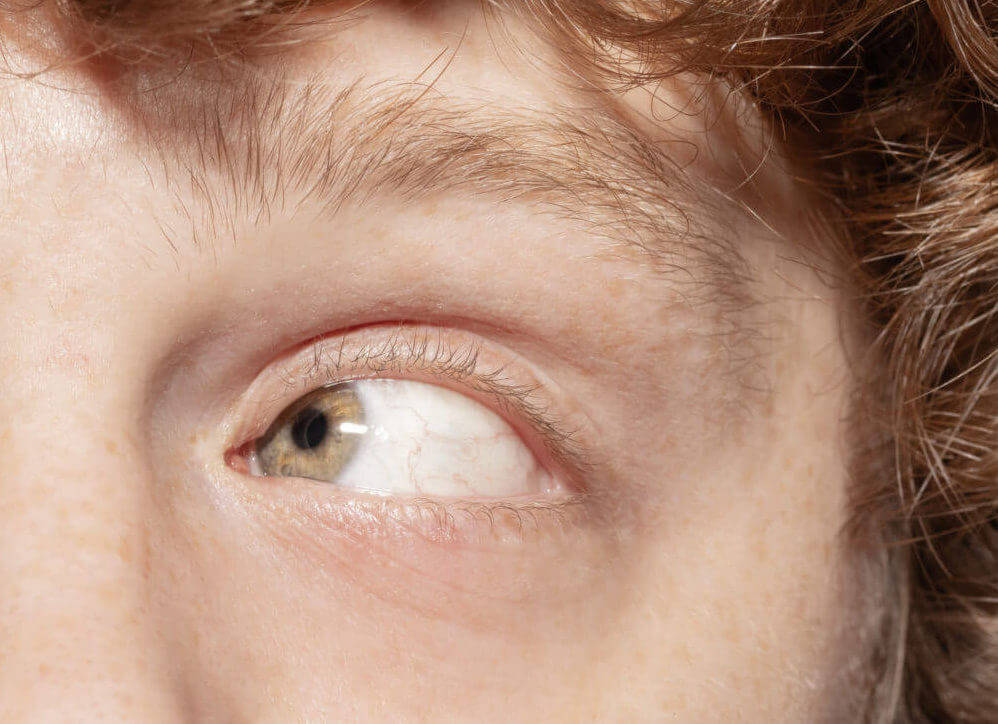Unfortunately there is a common misconception, even amongst the scientific and medical community, that a lazy eye can only be treated up until around age eight. It is tragic for people who are older than eight years old to be withheld from having access to effective treatment due to this misconception that has been researched and proven to be incorrect. Treatment may take longer in an adult compared to a child, but adults can still benefit greatly from successful results. Adults have the advantage of generally being more compliant and determined to participate in the treatment plan as an older patient usually has a greater understanding of what is trying to be accomplished. Please allow yourself the opportunity to achieve optimal vision, no matter how old you are. We welcome you to schedule a consultation at our office.



















